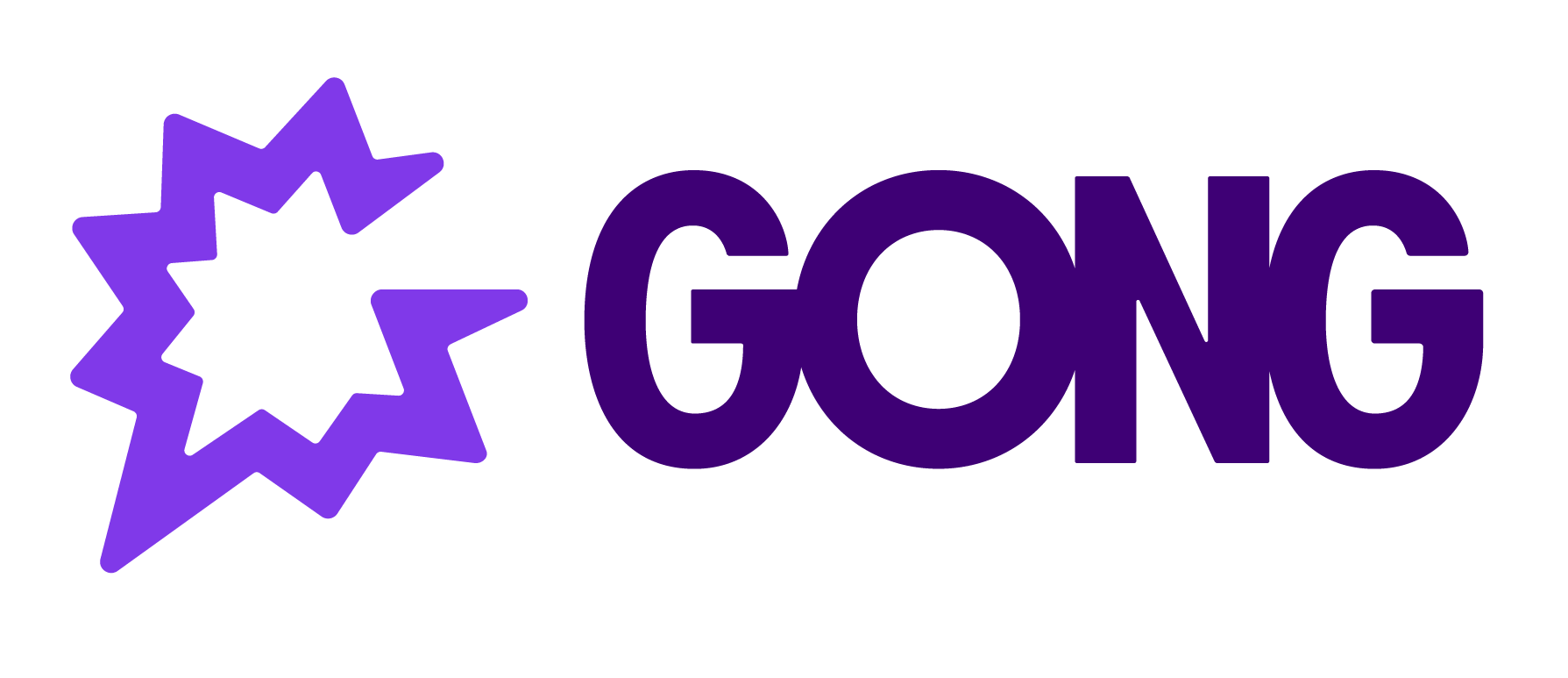“We have a problem…”
That never-great-to-hear statement came from one of our Sales Directors, who followed it up with, “We need to lower our price to win this deal.” Then a sales rep texted me to say two forecasted deals were slipping due to budget freeze. And during my quarterly deal review, I saw that multiple deals were sitting with a CFO, which is atypical for budget approval.
What was going on? Was this all caused by the changes in our economy? My best guess was probably. I immediately turned to the data, and partnered with our RevOps team to uncover the truth.
Five easy steps got us back on track
Most sales orgs are affected by the new economic environment, and trying to reshape your strategy without first knowing how it affects you is bad for business. Go straight to your numbers to draw correlations and uncover trends related to emergent business pains. Not surprisingly, we used Gong to do this. Here’s how you can get deals back on track like we did, in five steps:
Step 1: Create a hypothesis
There are signals attached to every business challenge, and they often include things like extended sales prices, delayed late-stage deals, additional decision makers involved, or sales teams requesting unusual discounts or concessions.
When these crop up, form a hypothesis about the potential root cause. For us, it was, “New and unusual patterns in our sales are most likely due to difficulties caused by macroeconomic risk.”
Step 2: Create a Gong Tracker to test your hypothesis
We created a macroeconomic risk tracker, containing the words lay-offs, hiring freeze, slowdown, budget cuts, downsizing, and lots of uncertainty, among others. You can get specific with trackers, opting to receive notifications only when these words are mentioned by the buyer.
Step 3: Run tests in Gong
Plug the tracker into the ‘Calls Page’ to validate your hypothesis. Use Gong to export the data to your business intelligence solution to observe spikes in the number of mentions, as well as the effect on win rates, average contract value, days to close, etc.
If your hypothesis is wrong, create a new one based on what you’ve learned. Keep going until you have a sense of why new patterns have emerged.
Step 4: Create and launch new messaging
Now it’s time to create new messaging that’s informed by this data (i.e., the voice of your customer). When it’s implemented, use the same tracker(s) to see if there’s a change in your results. Are the topics you wanted to address mentioned less frequently? Are they resolved more quickly?
Crowdsource your team’s best-in-class calls — the ones in which your new messaging is used and works well — in your Call Library. Give your reps access, then ensure that they use the new messaging using Scorecards.
Step 5: Track messaging adoption and impact
Track, triage, and drive message adoption using the ‘Team Page’. Look at ‘Call Search’ and your alerts to understand whether the new messaging resonates. You can also export data from Gong to see whether your new messaging achieves its intended outcomes.
Our results
Having used this five-step framework at Gong, we’ve now developed a playbook that includes an updated discovery talk track and objection handling that responds directly to the current economy. We tracked whether reps use the new discovery questions about macroeconomic impact in early-stage calls, and shared the trends with leadership each week for a month.
We know the new messaging is effective based on real-time data. We don't waste time waiting until the quarter ends to see if it’s working. The changes are being implemented and they’re boosting win rates in the way we hoped. It will work for you too!
And, in case you missed it, check out our recent episode of Gong on Gong and get the playbook we use at Gong to track and stay ahead of macroeconomic risk from
